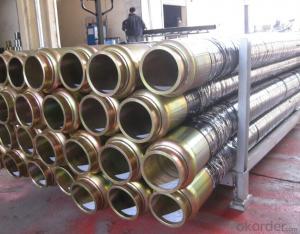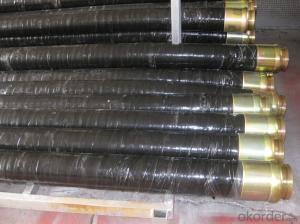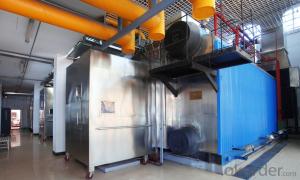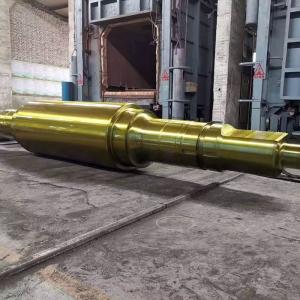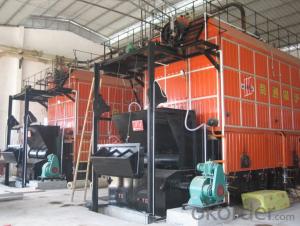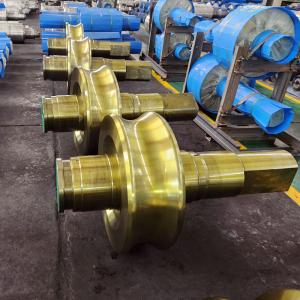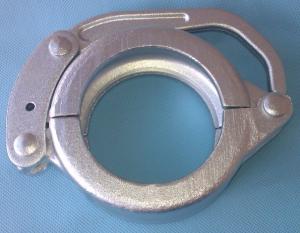4M*DN125(5.5'') RUBBER END HOSE WITH ONE SIDE COUPLINGS WORKING PRESSURE 85 BAR
- Loading Port:
- Shanghai
- Payment Terms:
- TT OR LC
- Min Order Qty:
- 10 pc
- Supply Capability:
- 5000 pc/month
OKorder Service Pledge
OKorder Financial Service
You Might Also Like
Specifications
Putzmeister concrete pump end rubber hose
1. Size: DN150, DN125, DN100, DN80...
2. Length: 1~9m
Concrete pump end rubber hose PM &Schwing
Name | Specifications | Application | Flange diameter | Remarks |
Rubber hose | DN125*3000 | Concrete pump | 148/DN157mm | |
Rubber hose | DN150*3000 | Concrete pump | 148/DN157mm | |
High pressure | DN125*3000 | Concrete pump | 148/DN157mm | Two layers of steel wire |
High pressure | DN125*3000 | Concrete pump | 148/DN157mm | Four layers of steel wire |
High pressure | DN125*4000 | Concrete pump | 148/DN157mm | |
High pressure | DN150*3000 | Concrete pump | 175mm | |
| DN80*5000 | Mortar pump mini conctete pump | 98mm | |
| DN80*6000 | Mortar pump mini conctete pump | 98mm | |
| DN100*5000 | Mortar pump mini conctete pump | 124mm | |
| DN76*6000 | Fine stone concrete pump mini conctete pump |
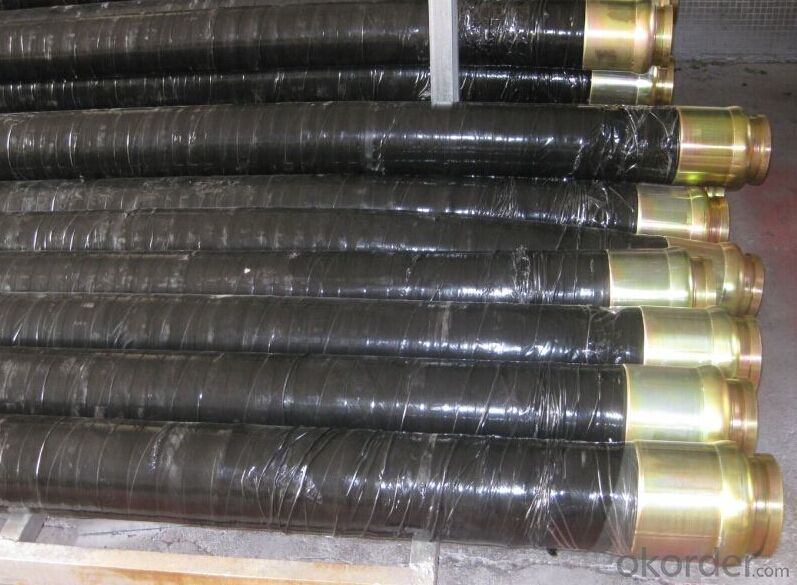
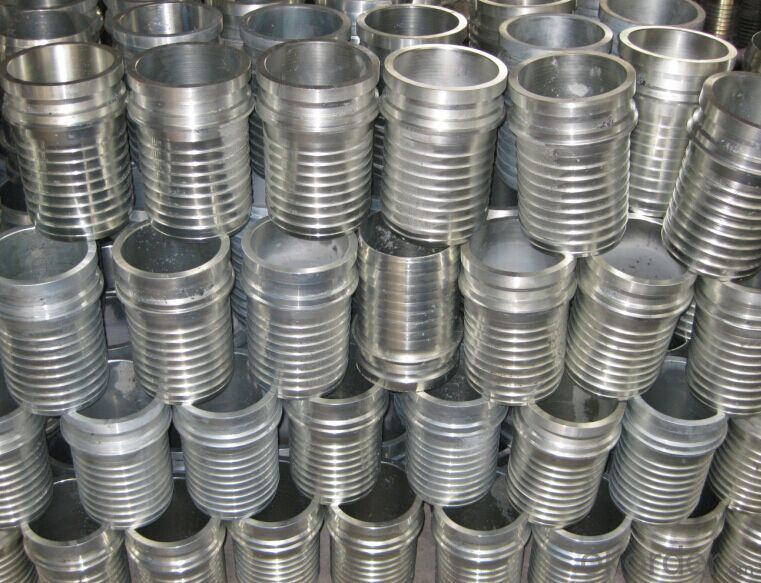
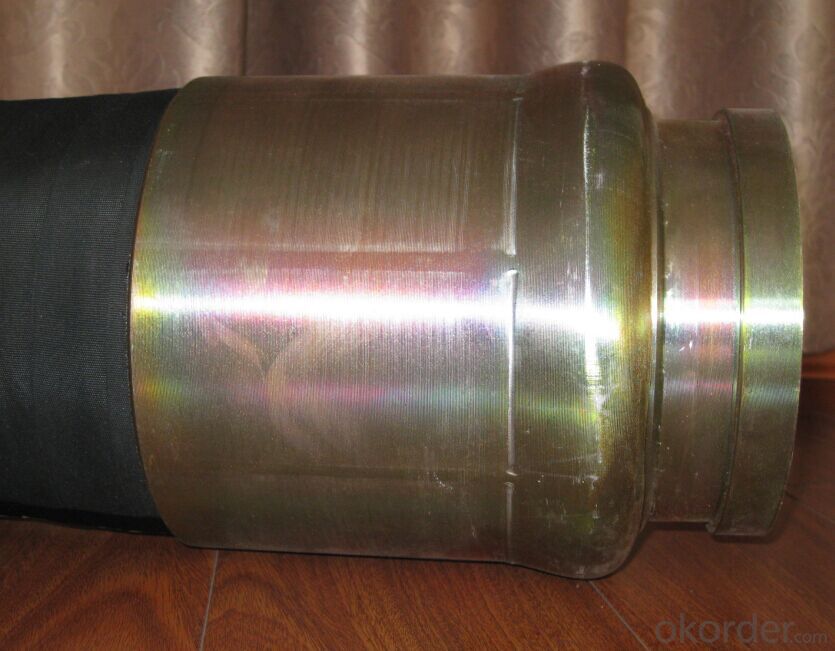

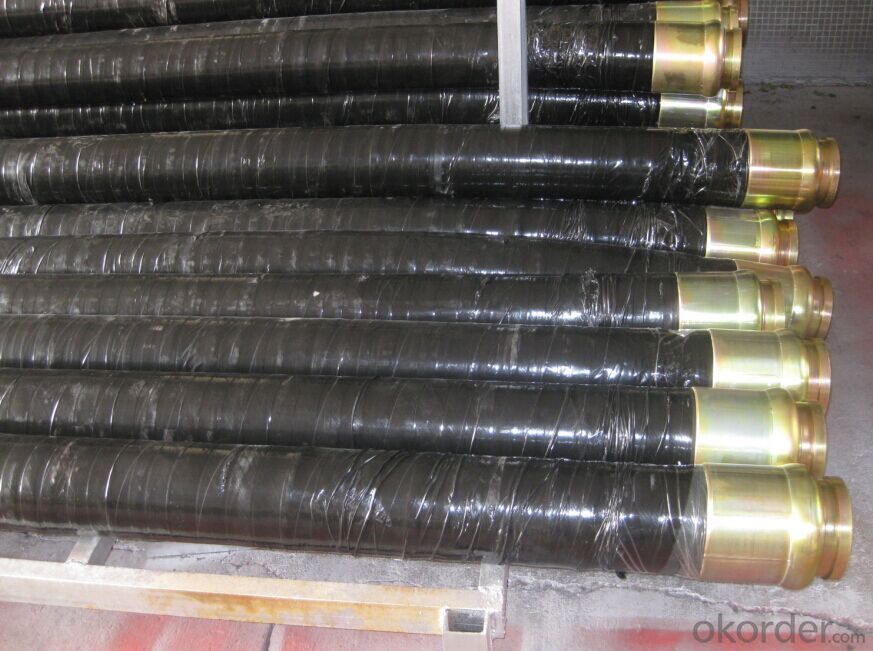
- Q:How do I determine the correct temperature ratings for concrete pump spare parts?
- To determine the correct temperature ratings for concrete pump spare parts, you should refer to the manufacturer's guidelines or specifications. These documents usually provide information on the recommended temperature range within which the parts can function effectively and safely. It is essential to follow these guidelines to ensure the longevity and performance of the spare parts in your concrete pump system.
- Q:What are the advantages of using pre-assembled spare parts for concrete pumps?
- There are several advantages of using pre-assembled spare parts for concrete pumps. Firstly, they save time and effort as they come ready to use, eliminating the need for manual assembly. This allows for quicker repairs and reduces downtime for the concrete pump. Additionally, pre-assembled spare parts ensure compatibility and proper fit, reducing the risk of errors or mismatches during installation. They are also manufactured to meet specific quality standards, ensuring reliability and durability. Furthermore, using pre-assembled spare parts eliminates the need for specialized skills or knowledge for assembly, making it convenient for operators and reducing the chances of mistakes. Overall, pre-assembled spare parts offer efficiency, convenience, and reliability in maintaining and repairing concrete pumps.
- Q:How long do concrete pump pipes typically last?
- The lifespan of concrete pump pipes generally ranges from 25,000 to 40,000 cubic meters of pumped concrete. However, various factors like pipe quality, concrete type, pumping pressure, and maintenance practices can affect this duration. Regular inspections, cleaning, and appropriate storage methods can effectively prolong the lifespan of these pipes. Ultimately, it is crucial to monitor their wear and tear and promptly replace them as needed to ensure the efficiency and safety of concrete pumping operations.
- Q:How do I troubleshoot issues related to concrete pump spare parts control systems?
- To troubleshoot issues related to concrete pump spare parts control systems, you can follow these steps: 1. Start by checking the power supply and connections to ensure there are no loose or damaged wires. 2. Verify that the control system is properly calibrated and programmed according to the manufacturer's instructions. 3. Inspect the control panel for any visible signs of damage, such as burnt components or water ingress. 4. Use a multimeter to test the voltage and continuity of different control system components, such as sensors, switches, and relays. 5. Consult the system's user manual or contact the manufacturer for any specific troubleshooting steps or error code interpretations. 6. If the issue persists, consider contacting a professional technician or the manufacturer's customer support for further assistance.
- Q:Are there any specific guidelines for the selection and installation of hydraulic components in concrete pump spare parts?
- Concrete pump spare parts have specific guidelines for the selection and installation of hydraulic components. When choosing these components, it is important to consider factors like the maximum operating pressure, flow rate, and compatibility with the existing hydraulic system. First and foremost, it is crucial to ensure that the selected hydraulic components can handle the maximum operating pressure of the concrete pump. This includes components such as hydraulic cylinders, valves, and pumps. To ensure their durability and longevity, it is advisable to choose components with a higher pressure rating than that of the concrete pump's operating pressure. Additionally, the flow rate of the hydraulic components must match the requirements of the concrete pump system. Hydraulic pumps and valves need to provide sufficient flow to effectively operate the concrete pump. Factors such as the size of the concrete pump, desired output capacity, and specific pumping requirements should be taken into consideration. Furthermore, compatibility with the existing hydraulic system is vital for the smooth operation of the concrete pump. It is important to select hydraulic components that are compatible with the system in terms of fittings, connections, and overall design. Seeking guidance from the manufacturer's guidelines or professional advice is recommended when selecting and installing hydraulic components in concrete pump spare parts. Moreover, proper installation is essential to ensure optimal performance and safety of the hydraulic components. Following the manufacturer's installation instructions and guidelines is highly recommended. The installation process should include proper alignment, secure mounting, and appropriate sealing of the components to prevent any leaks or failures. In conclusion, there are specific guidelines for selecting and installing hydraulic components in concrete pump spare parts. Considering factors like maximum operating pressure, flow rate, compatibility, and following proper installation procedures can help ensure the efficient and safe operation of the concrete pump system.
- Q:What is the function of a concrete pump hydraulic accumulator?
- The operation of a concrete pump heavily relies on a crucial component known as the hydraulic accumulator. Its primary objective is to store and release hydraulic energy, which is instrumental in maintaining a seamless and uninterrupted flow of concrete during pumping activities. The hydraulic accumulator acts as a reservoir for pressure, being directly connected to the hydraulic system of the concrete pump. When the pump is not actively engaged, the accumulator stores hydraulic fluid that is pressurized. This accumulated energy can be unleashed when necessary, particularly during the pumping process, effectively providing supplementary power to the main hydraulic system. During concrete pumping, the accumulator proves invaluable in upholding a steady stream of concrete by compensating for any fluctuations in hydraulic system pressure. It functions as a buffer, absorbing any excessive pressure and subsequently releasing it back into the system whenever required. This mechanism is pivotal in averting sudden surges or drops in pressure, which could potentially lead to irregular concrete flow or even inflict damage upon the pump. Moreover, the hydraulic accumulator also contributes to reducing energy consumption and optimizing the overall efficiency of the concrete pump. By storing and reusing energy, it diminishes the reliance on a constant power supply from the primary hydraulic system, subsequently easing the burden on the pump's engine and enhancing fuel efficiency. To summarize, the concrete pump hydraulic accumulator serves the paramount purpose of storing and releasing hydraulic energy, guaranteeing a consistent and uninterrupted flow of concrete during pumping activities. Additionally, it plays a significant role in energy efficiency and safeguarding the pump from potential harm.
- Q:Are there any warranties or guarantees on concrete pump spare parts?
- Yes, there are warranties and guarantees offered on concrete pump spare parts. Many manufacturers and suppliers provide warranties on their products to ensure the quality and performance of the spare parts. These warranties may vary in duration and coverage depending on the specific supplier or manufacturer. It is important to check with the supplier or manufacturer to understand the terms and conditions of the warranty or guarantee before purchasing the concrete pump spare parts. Additionally, some suppliers may also offer extended warranties or guarantees for an additional cost, providing further peace of mind to the customers.
- Q:How can I extend the lifespan of my concrete pump spare parts?
- There are several ways to extend the lifespan of your concrete pump spare parts. 1. Regular maintenance: Develop a maintenance schedule and stick to it. This includes cleaning, lubricating, and inspecting the parts for any signs of wear or damage. Replace any worn-out parts promptly to prevent further damage. 2. Proper storage: Store your spare parts in a clean and dry environment to prevent rust and corrosion. Keep them away from moisture, extreme temperatures, and direct sunlight. 3. Use quality parts: Invest in high-quality spare parts from reputable manufacturers. These parts are usually more durable and have a longer lifespan compared to cheaper alternatives. 4. Follow manufacturer guidelines: Always follow the manufacturer's guidelines for operating and maintaining your concrete pump. This ensures that you use the spare parts correctly and minimize the risk of premature wear. 5. Train operators: Properly train your operators on the correct usage and handling of the concrete pump and its spare parts. This reduces the chances of accidental damage caused by improper operation. By implementing these practices, you can significantly extend the lifespan of your concrete pump spare parts and maximize their performance and efficiency.
- Q:How often should concrete pump hydraulic filters be inspected and replaced?
- Concrete pump hydraulic filters should be inspected and replaced on a regular basis, ideally every 500 hours of operation or according to the manufacturer's recommendations. Regular inspection and replacement of hydraulic filters help ensure the proper functioning and longevity of the concrete pump.
- Q:What is the function of a concrete pump remote control antenna?
- The function of a concrete pump remote control antenna is to establish a wireless connection between the remote control device and the concrete pump. This allows the operator to remotely control the various functions of the concrete pump, such as starting and stopping the pump, adjusting the speed and flow of the concrete, and controlling the boom movements. The antenna receives signals from the remote control device and transmits them to the concrete pump, enabling the operator to control the pump from a safe distance. This helps improve efficiency, accuracy, and safety on construction sites by allowing the operator to have better visibility of the pump and its surroundings while still maintaining full control over its operations.
1. Manufacturer Overview |
|
|---|---|
| Location | |
| Year Established | |
| Annual Output Value | |
| Main Markets | |
| Company Certifications | |
2. Manufacturer Certificates |
|
|---|---|
| a) Certification Name | |
| Range | |
| Reference | |
| Validity Period | |
3. Manufacturer Capability |
|
|---|---|
| a)Trade Capacity | |
| Nearest Port | |
| Export Percentage | |
| No.of Employees in Trade Department | |
| Language Spoken: | |
| b)Factory Information | |
| Factory Size: | |
| No. of Production Lines | |
| Contract Manufacturing | |
| Product Price Range | |
Send your message to us
4M*DN125(5.5'') RUBBER END HOSE WITH ONE SIDE COUPLINGS WORKING PRESSURE 85 BAR
- Loading Port:
- Shanghai
- Payment Terms:
- TT OR LC
- Min Order Qty:
- 10 pc
- Supply Capability:
- 5000 pc/month
OKorder Service Pledge
OKorder Financial Service
Similar products
New products
Hot products
Related keywords
